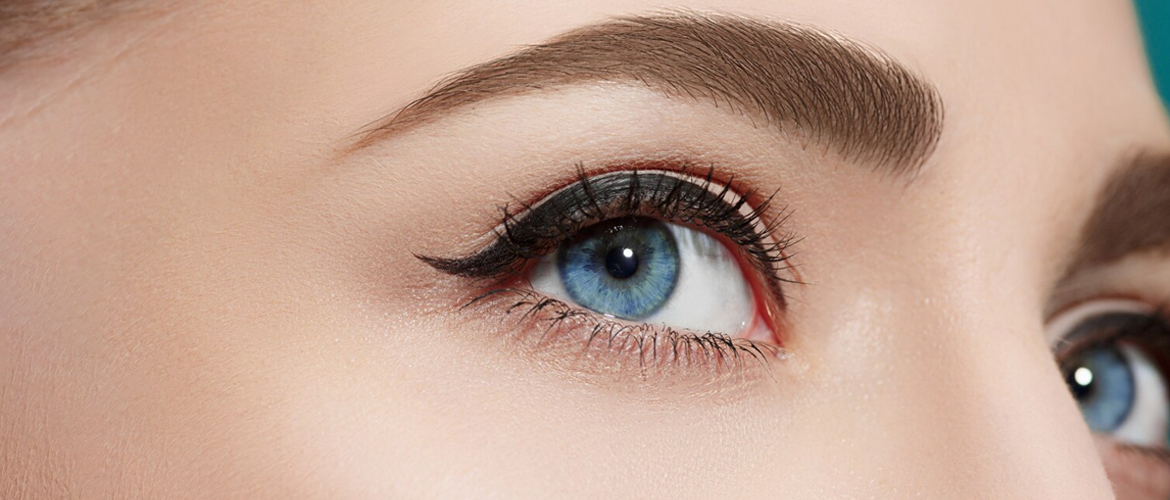Many individuals have moles that exist since birth and may change as they develop physically.
Moles are different from freckles and they can exist on any part of the body from head to toe. Moles are typically darker than the surrounding skin and individuals with lighter skin tones may have noticeable variations in their complexion. Mostly they are harmless. However, some moles can be suspicious of cancer.
There are several types of skin cancers, with melanoma being the most common. It can develop in any area of the body, affecting parts that have been exposed to the sun, such as the face, legs, and arms. It even occur in an areas hidden from sun exposure.
The initial sign and symptoms of melanoma are:
- An unusual change in an existing mole
- Development of unusual pigmentation on the skin
Continue reading to familiarize yourself with the warning signs of melanoma:
- Color
A mole appears in a range of colours from lighter to darker. Generally, moles have a light and dark brown colour. Melanoma can appear in a mix of two or more colours.
- Darkness
One must pay attention if a mole appears to be much darker than the rest of the body. The pigmentation of the moles makes them darker. In some cases, darker moles can be a sign of melanoma, a type of skin cancer.
- Changes
Moles may remain unchanged on the skin for a long time. But it is important to note if the mole's colour starts to change. For instance, initially, it might swell and cause itching and scratching the area may cause bleeding or oozing. It must be considered as a warning sign. Also, the mole might grow over time. If the itching persists over a month, it should be evaluated. Some cases of melanoma may lack pigmentation.
- Shape
Generally, moles look round with even edges, although they are not perfect circles. Melanoma arises in irregular shapes and uneven edges. Some moles appear in two different halves.
Risk Factors
Anyone can be affected by melanoma; however, some people are at high risk. It commonly affects people with:
- Lack of melanin
- Excessive UV light exposure
- A family history of melanoma
- Sunburn
Excessive UV exposure can cause skin damage. The moles turn melanoma under UV radiation.
Melanoma can only be cured by surgical excision of the affected area. The sooner the individual identifies and approaches the Dermatologist, the better the survival chance.













